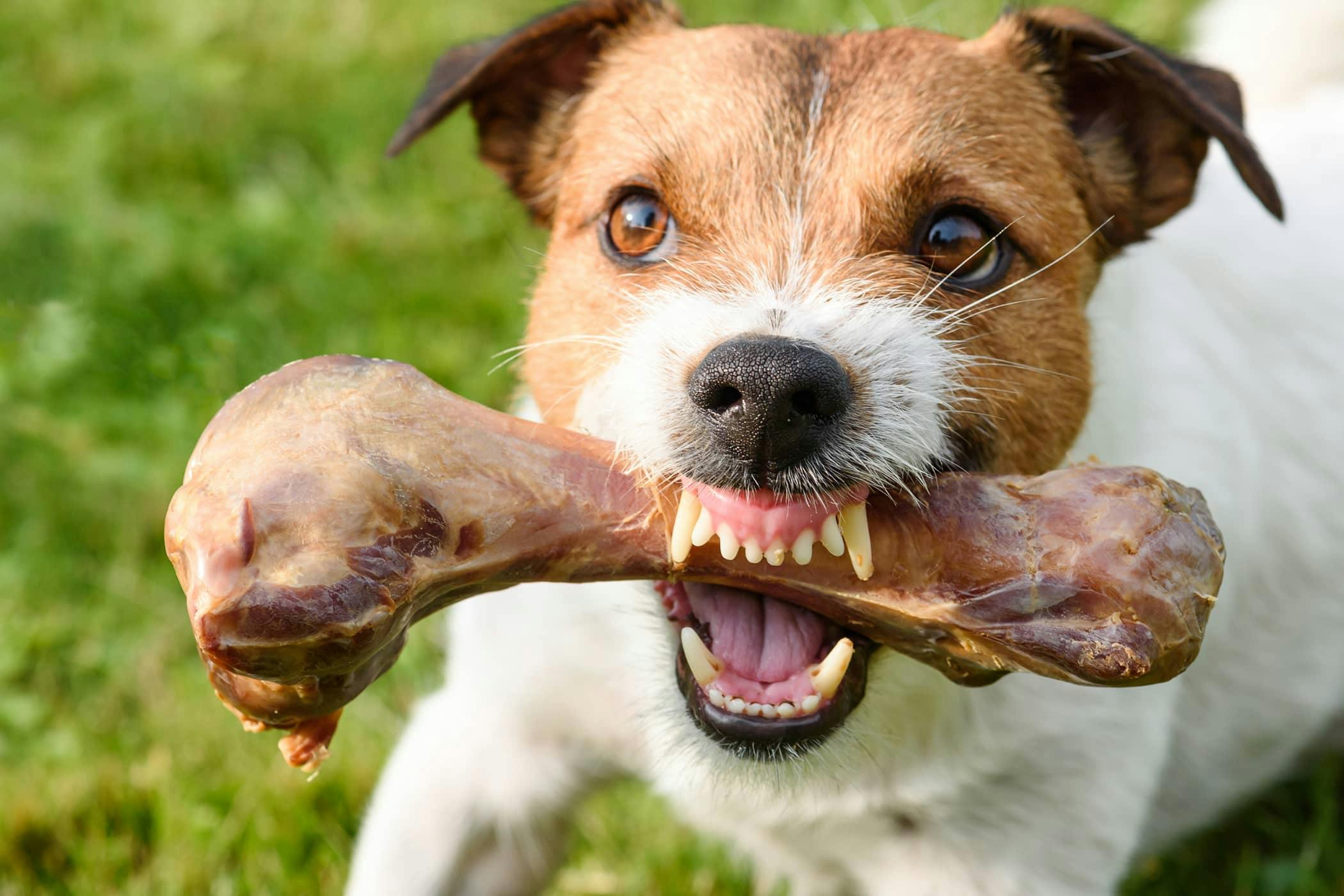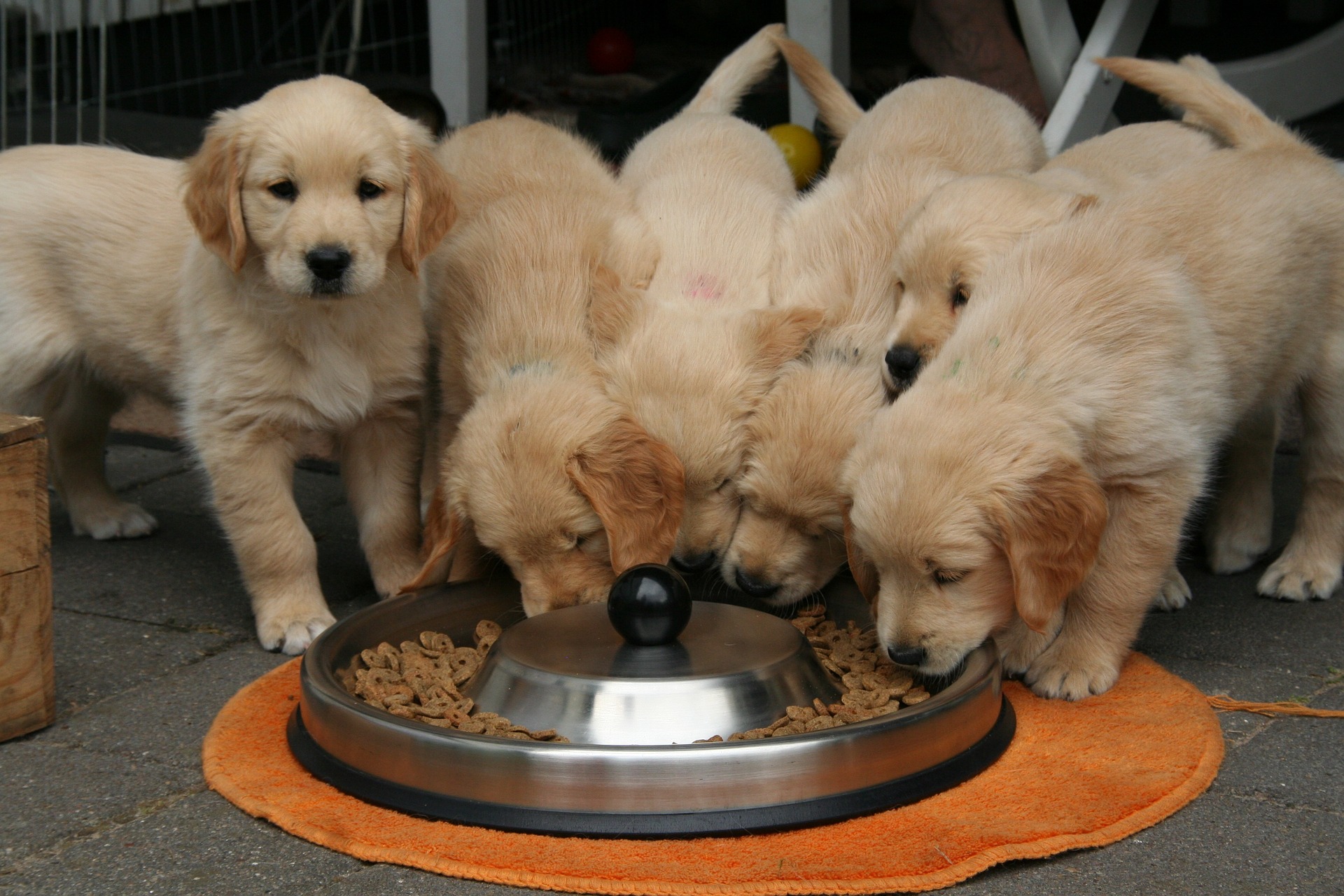Pet food competitive conduct is a major factor that may end up in accidents for each people and different animals. You want to perceive the reasons, indicators, and control ways to stop and cope with this conduct successfully.
This complete information explores the underlying causes at the back of meals aggression in canines, together with territorial instincts, useful resource guarding, worry, anxiousness, genetics, and breed predispositions. It additionally supplies transparent descriptions of the other ranges of aggression, from delicate to serious, and gives sensible recommendations on the best way to safely follow and interpret a canine’s frame language round meals.
Reasons of Canine Meals Aggression: Canine Meals Competitive Conduct

Meals aggression in canines can stem from quite a lot of elements, together with territorial instincts and useful resource guarding, worry and anxiousness, in addition to genetics and breed predispositions.
Territorial Instincts and Useful resource Guarding
Canines might understand their meals bowls as a part of their territory and show aggression against any person coming near it. Useful resource guarding, the intuition to give protection to precious possessions, too can lengthen to meals, resulting in competitive conduct when the canine feels its meals is threatened.
Worry and Nervousness, Pet food competitive conduct
Worry and anxiousness can cause competitive conduct in canines all through mealtimes. If a canine has had adverse reports associated with meals, equivalent to being startled or punished whilst consuming, it should affiliate mealtimes with threat and reply aggressively in anticipation of perceived threats.
Genetics and Breed Predispositions
Sure breeds of canines, such because the Chihuahua, Dachshund, and Miniature Poodle, have the next tendency against meals aggression. This can be because of genetic elements or the breed’s particular temperament and behaviour patterns.
Indicators and Signs of Meals Aggression

Spotting the indicators of meals aggression in canines is a very powerful to stop possible hurt to each the canine and the ones round it. Those behaviors can vary from refined to serious, and working out the diversities is very important for efficient control and intervention.
Behavioral Cues
Canines show a variety of behavioral cues that point out meals aggression. Those might come with:
- Growling:A low, guttural sound that warns others to steer clear of the meals.
- Snapping:A handy guide a rough, sharp motion of the tooth geared toward deterring possible threats.
- Biting:Probably the most serious type of aggression, the place the canine inflicts bodily hurt on every other person.
Ranges of Aggression
Meals aggression can also be categorised into other ranges according to its severity:
- Delicate:Growling and snapping, with out inflicting bodily hurt.
- Reasonable:Biting with minimum pressure, inflicting minor accidents.
- Serious:Biting with important pressure, inflicting critical accidents and even demise.
Decoding Frame Language
Gazing a canine’s frame language round meals is very important for working out its intentions. Indicators of aggression might come with:
- Stiff posture:The canine’s frame is inflexible, with its legs prolonged and tail raised.
- Ears pinned again:This means worry or aggression.
- Dilated pupils:It is a signal of arousal and will point out aggression.
Managing Meals Aggression
Setting up transparent barriers and regulations round mealtimes is a very powerful in managing meals aggression. Designate particular feeding spaces and make sure all members of the family practice the foundations persistently. Educate your canine to sit down or keep flippantly earlier than receiving meals, and simplest permit get admission to to the meals bowl when given permission.
Coaching Ways
Counter-conditioning and desensitization are efficient coaching ways for addressing meals aggression. Counter-conditioning comes to pairing the cause (e.g., coming near the meals bowl) with a good enjoy (e.g., treats). Desensitization regularly exposes your canine to the cause whilst keeping up a peaceful and regulated surroundings.
Dealing with Competitive Conduct
In case your canine reveals competitive conduct all through feeding time, stay calm and steer clear of war of words. Take away the meals bowl and watch for your canine to relax. Steadily reintroduce the meals whilst keeping up a protected distance. If aggression persists, search skilled assist from a licensed animal behaviorist or veterinarian.
Combating Meals Aggression

Combating meals aggression is a very powerful to make sure the well-being of each the canine and its circle of relatives. Early socialization, correct coaching, environmental enrichment, and offering selection shops for power are crucial in combating this conduct.
Socialization
Socializing doggies early on is very important to stop meals aggression. Exposing them to other feeding environments, equivalent to other other folks, puts, and noises, is helping them learn how to settle for and tolerate those eventualities with out feeling threatened.
Obedience Coaching
Elementary obedience coaching teaches canines willpower and impulse legislation. Instructions like “sit down,” “keep,” and “go away it” can assist save you meals aggression by way of giving the canine selection behaviors to accomplish once they really feel threatened.
Environmental Enrichment
Offering a stimulating and enriching surroundings for the canine can assist cut back boredom and anxiousness, which is able to give a contribution to meals aggression. Puzzle toys, interactive feeders, and plentiful playtime can assist stay the canine mentally and bodily energetic.
Choice Shops for Power
Making sure that the canine has ok alternatives to dissipate its power via common workout and playtime can assist save you meals aggression. Bodily process can assist cut back rigidity and anxiousness, making the canine much less more likely to really feel the wish to guard its meals.
Not unusual Queries
What are the average indicators of meals aggression in canines?
Growling, snapping, biting, guarding meals bowls, combating others from coming near meals, and stiffening of the frame are not unusual indicators of meals aggression.
What are the other ranges of meals aggression?
Meals aggression can vary from delicate, the place the canine growls or snaps when approached whilst consuming, to serious, the place the canine bites and assaults any person who comes close to its meals.
What are some efficient coaching ways for managing meals aggression?
Counter-conditioning and desensitization are efficient coaching ways that contain regularly exposing the canine to the cause (meals) whilst offering sure reinforcement for calm conduct.
